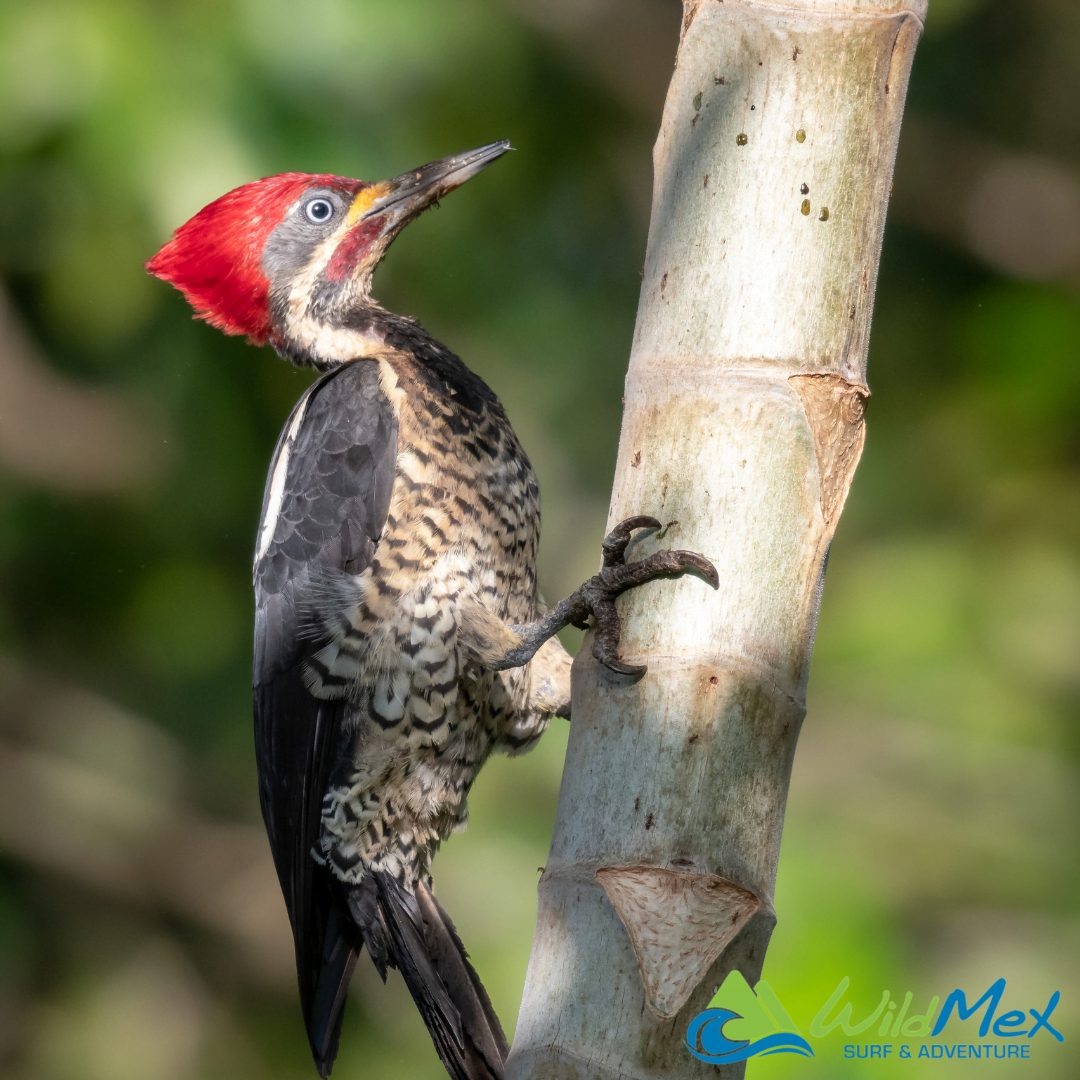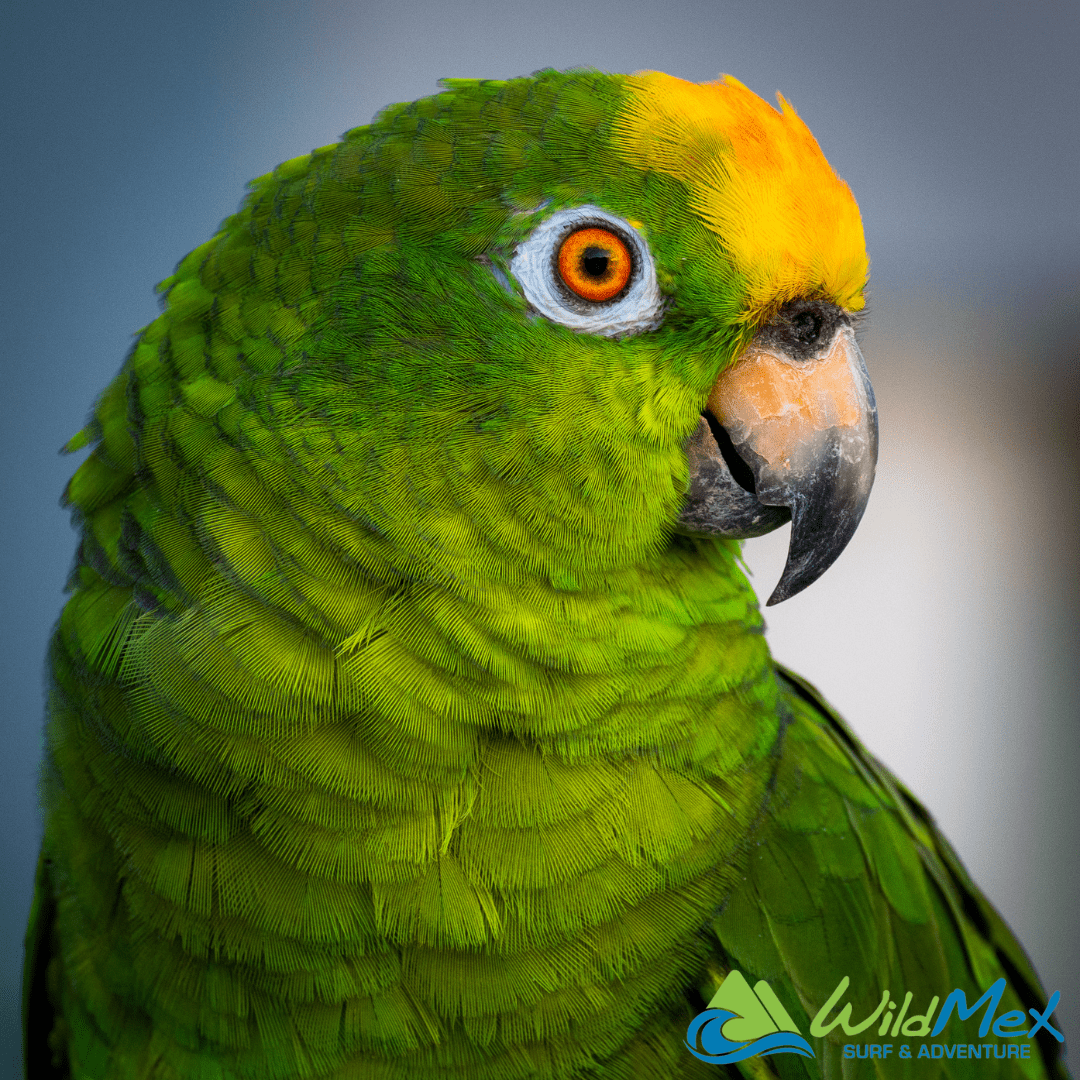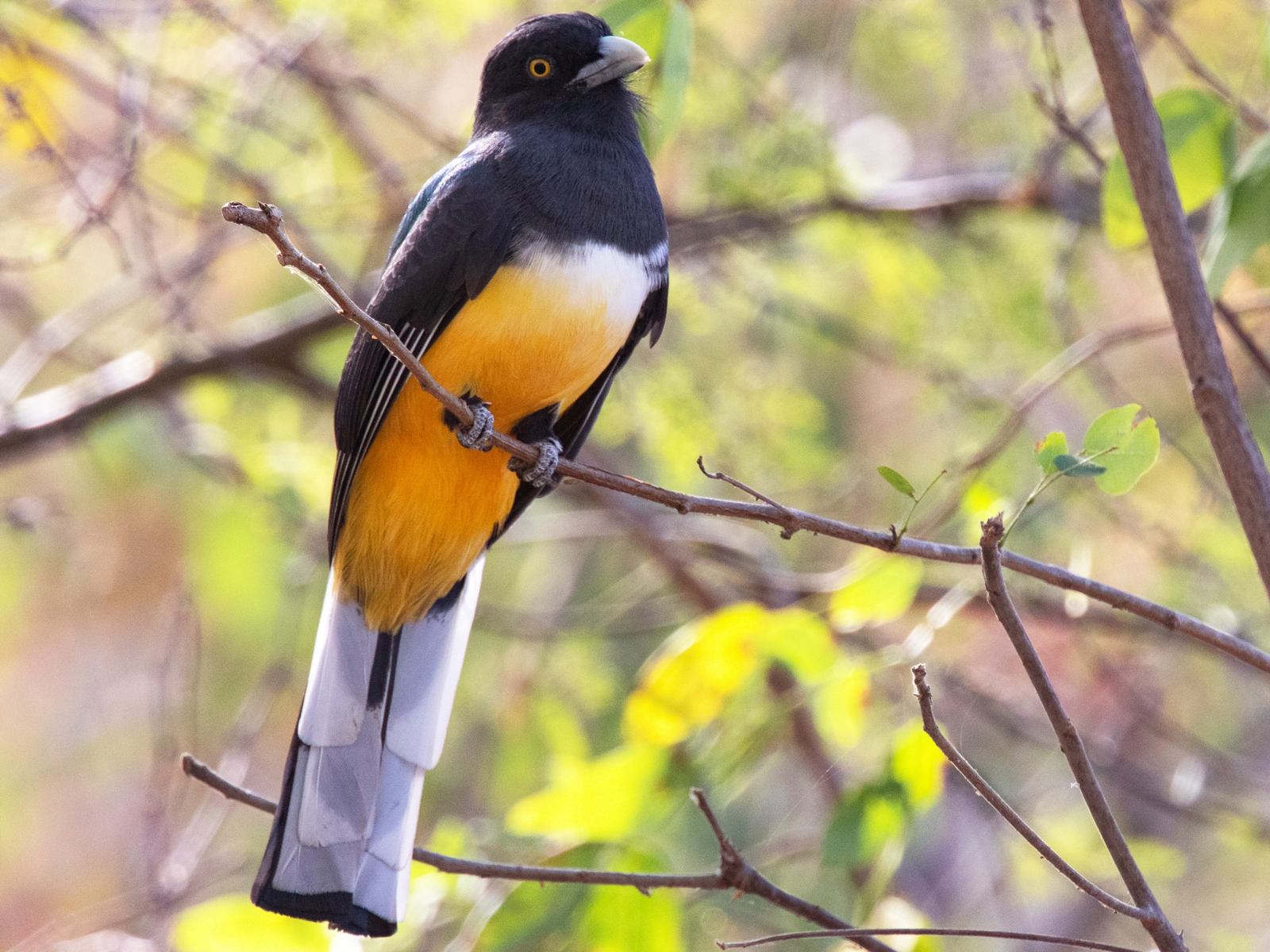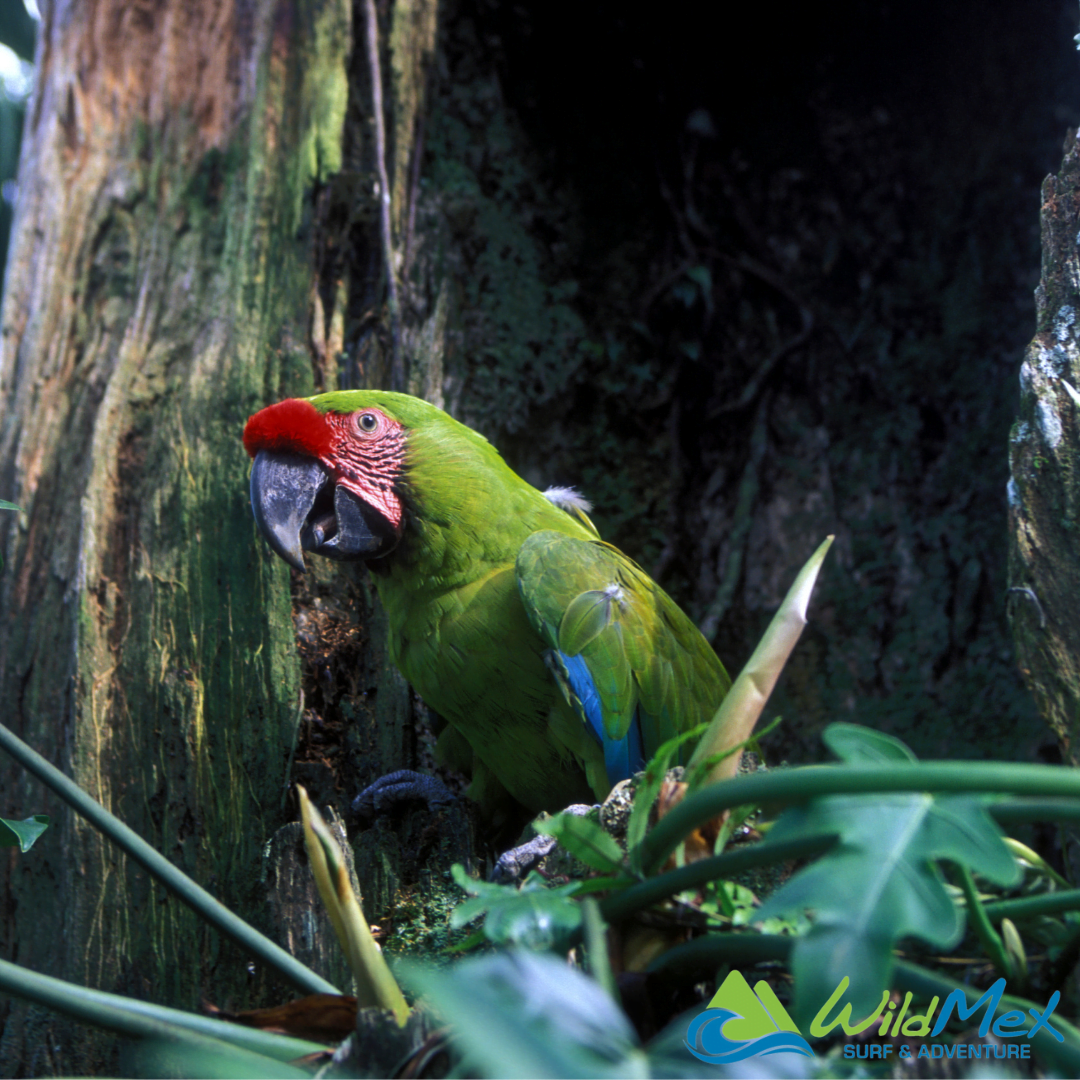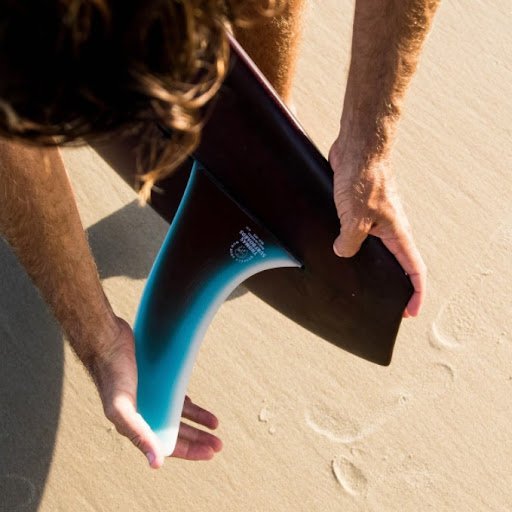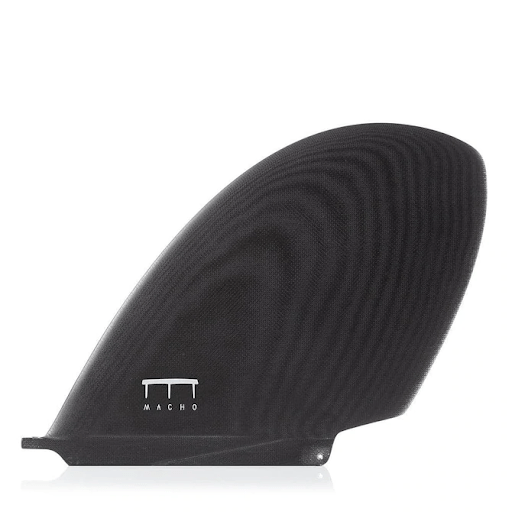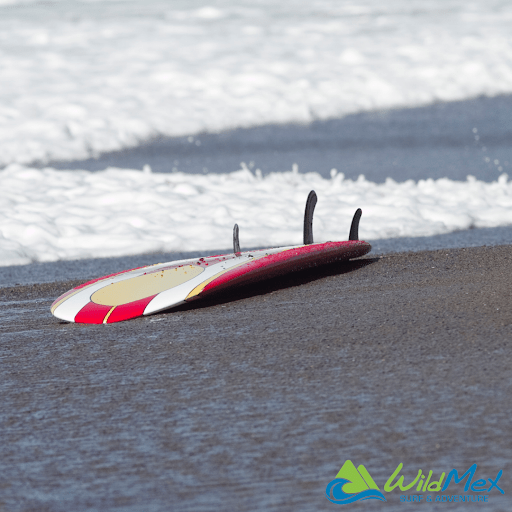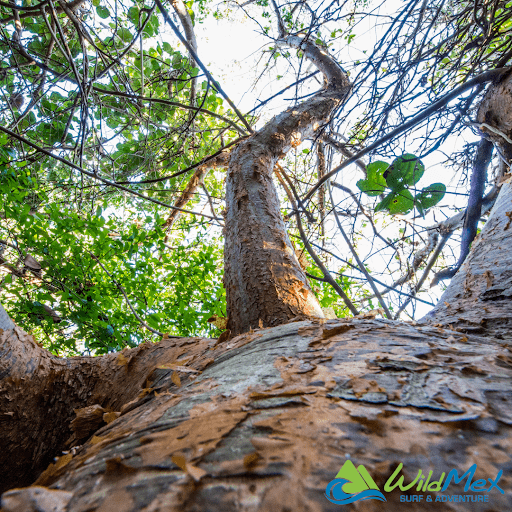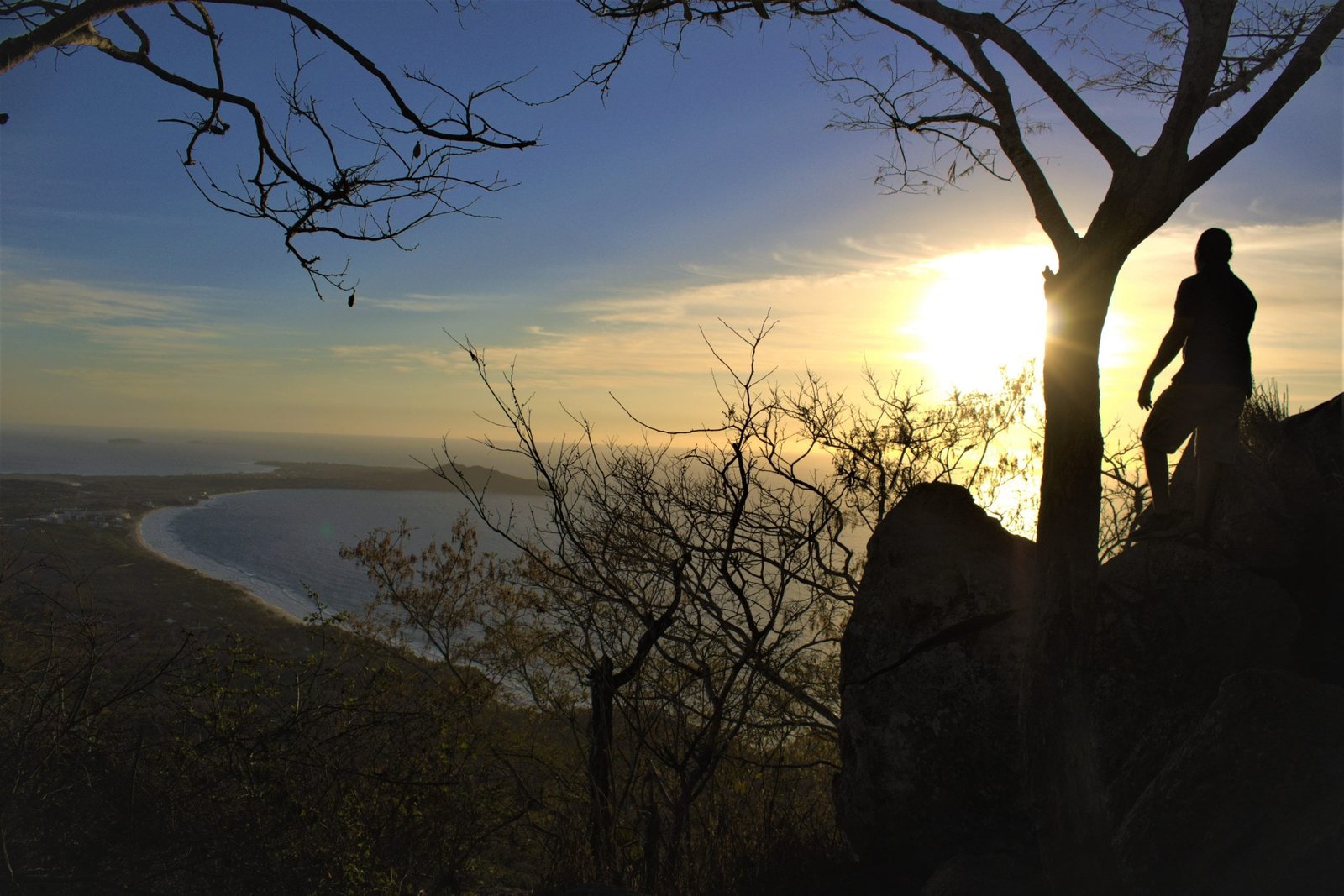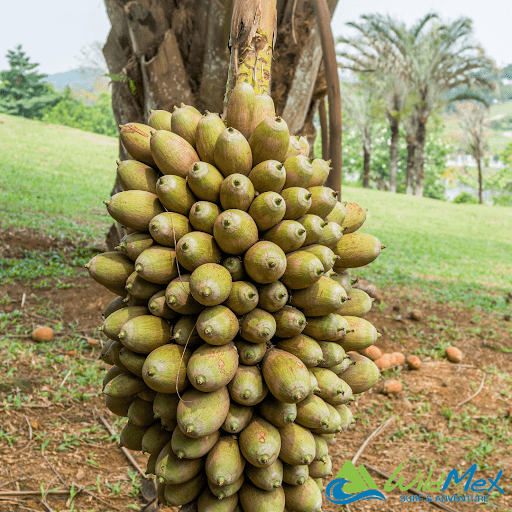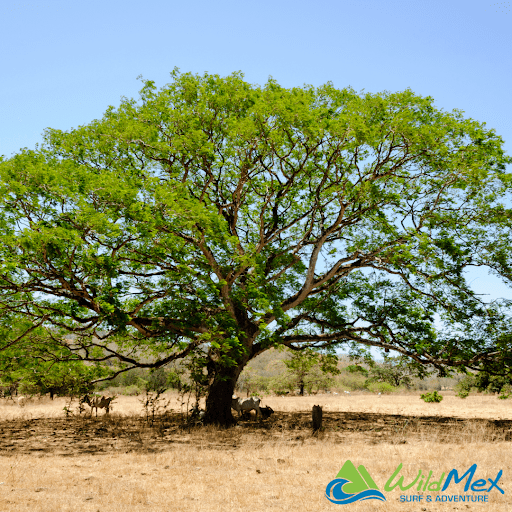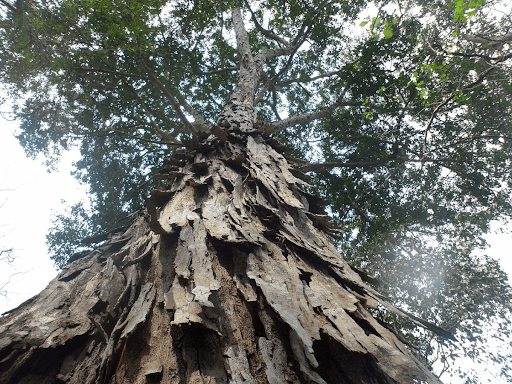Surfing and Whales: Whale Watching at La Lancha, Punta de Mita
Nestled along the beautiful coast of Nayarit, Mexico, La Lancha is a fantastic spot for surfers and nature lovers alike. Besides catching some great waves, La Lancha in Punta Mita offers a special treat – the chance to go whale watching and see amazing humpback whales. It's an experience that turns a typical surf session into a thrilling encounter with the ocean's giants.

Riding Waves and Watching Whales:
Picture this: you're out in the Pacific Ocean, catching waves under the morning sun. As you ride the surf at La Lancha, the excitement goes up a notch because right in front of you, you see a huge fin slapping the water. Humpback whales, known for their cool moves and songs, often make appearances here.
Let's learn a bit about these gentle giants:
- Seasonal Visitors: La Lancha becomes a hot spot for whale watching in winter when humpbacks migrate to the warm waters of Nayarit to have their babies.Humbacks have the longest migration on the planet. Some populations travel as far as 8,000 kilometers! Humpbacks prefer to feed in the cold waters, while warmer oceans are preferred for breeding and giving birth.
- Vocalists: Humpback whale songs are usually only performed by the males, and can last for hours on end. The song only is about 10-20 minutes but will be repeated, and these songs are shared by all the males in the same ocean. These songs will gradually change over the years, and the population of whales will all switch to the new song.

- Unique tails: These giants of the ocean have mainly black and grey bodies, however, the white patterns on their pectoral fins, bellies, and the undersides of their tails differ from one another. Scientists use these patterns to differentiate between whales and to identify and study individuals.
- They still face threats: There's a small group of orca whales around and these predators sometimes hunt humpback calves. Although this is a threat to Humpbacks the primary source of death for them is humans. Caused by entanglement in fishing fear, boat strikes, pollution, and harassment. When going Whale watching in Punta Mita , or anywhere, be sure to verify the tour. You can also just paddle out while surfing and keep an eye on the horizon to go whale watching and surf!

- Humpbacks are a favorite for Whale Watching: Humpbacks are renowned for being one of the most playful species of whale. They love to jump out of the water and slap the water with their fins , making quite the show. Each year these amazing creatures come to the Mexican
Pacific Ocean (Punta de Mita area) to breed and give birth, showing us just how majestic they are! We are incredibly lucky to be able to go surfing and whale watching at the same time!
Surfing at La Lancha isn't just about the waves – it's about sharing the ocean with these amazing creatures. Keep your eyes open for whale spouts, jumps, and tails as you paddle out. The thrill of surfing becomes something more when you're part of their world, connected by the waves. Dive into this unforgettable adventure and let the waves take you to one of Mexico's most enchanting coastal experiences.

















